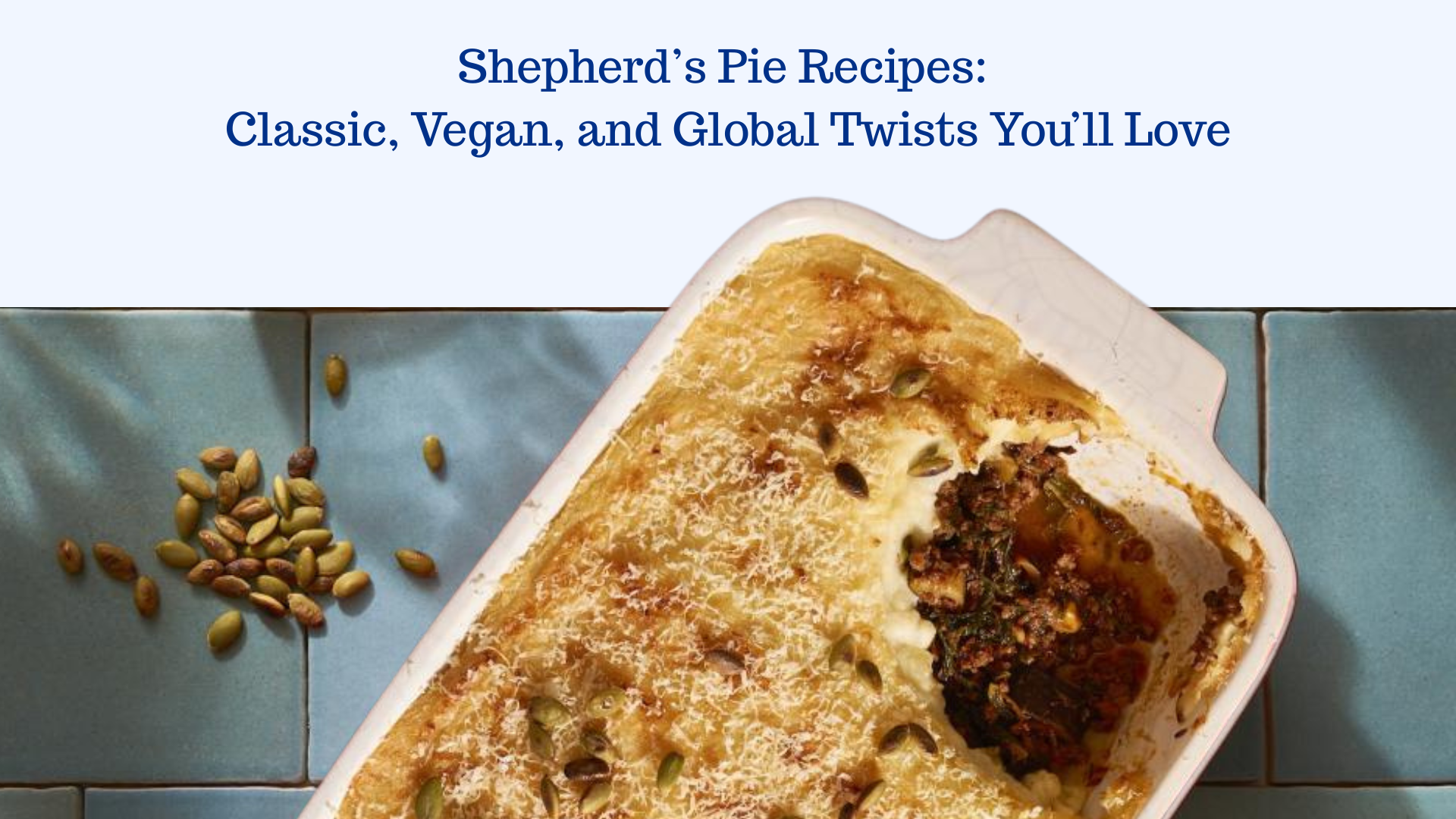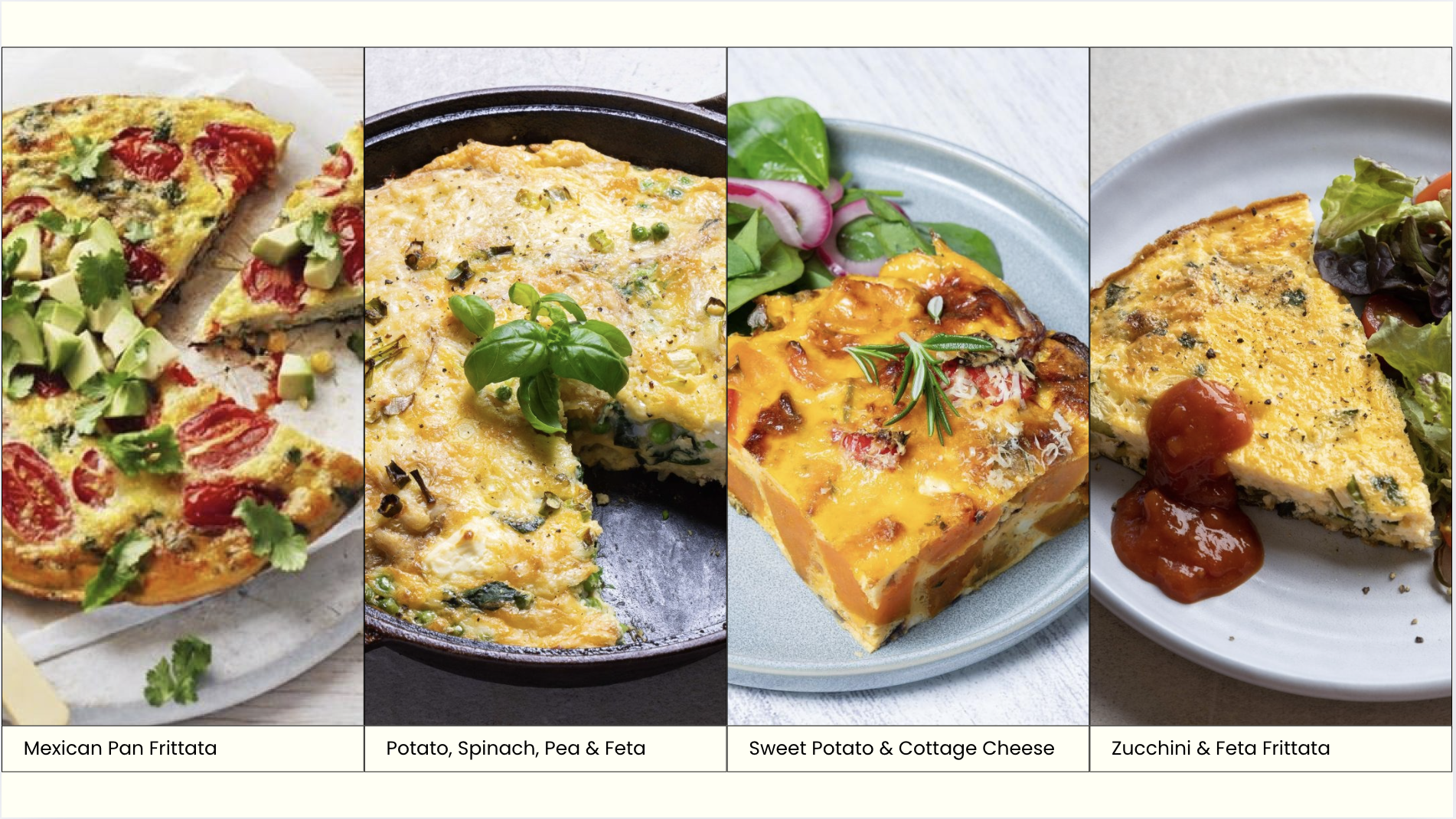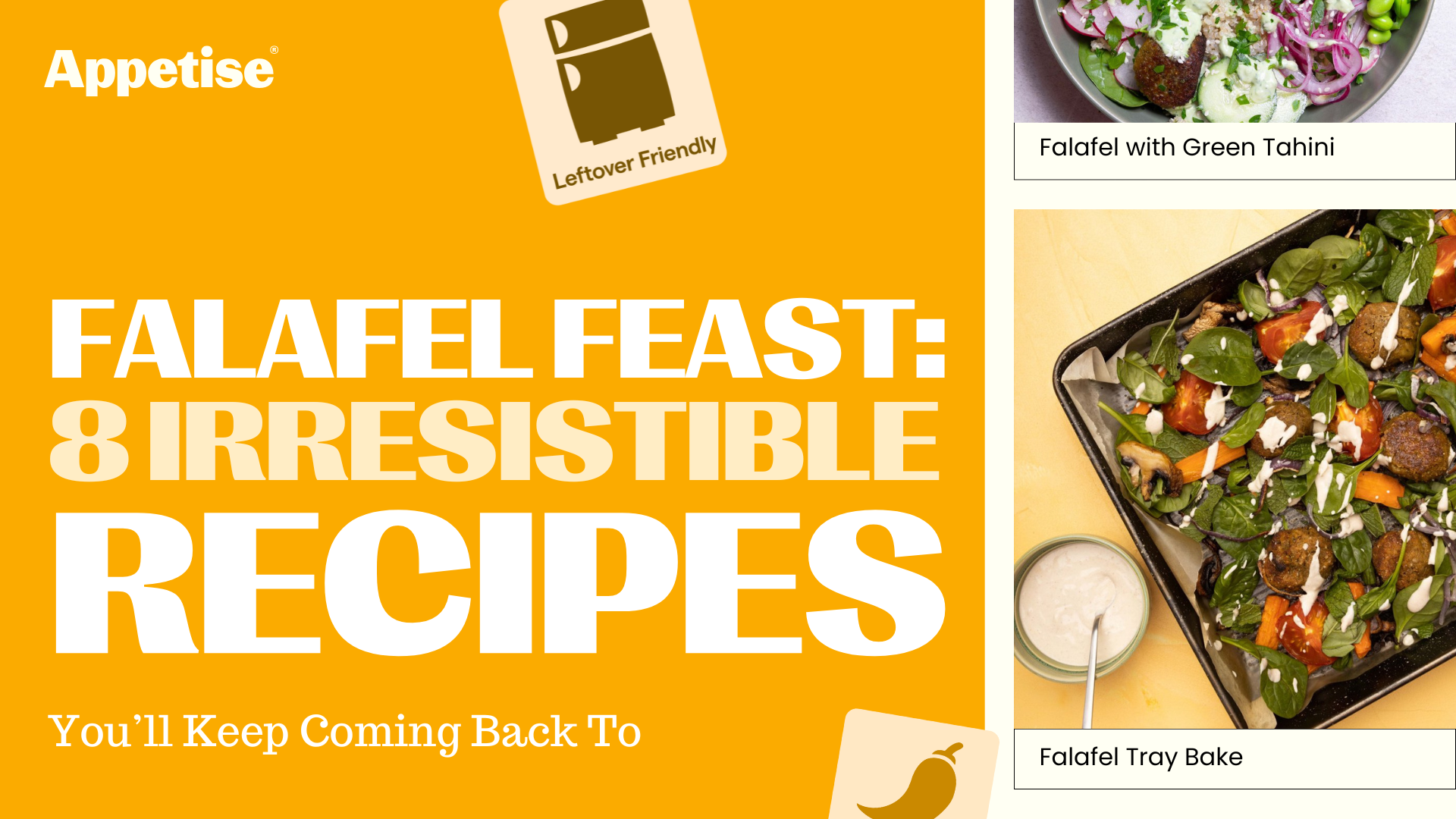Iron is an essential mineral which plays a critical role in the functioning of our bodies. It's vital for keeping our bodies functioning, our blood healthy and our immune system firing. Unlike some other nutrients, our bodies can't produce iron on their own, meaning we must obtain it from the foods we consume.
Unfortunately, many of us don't get enough iron-rich foods in our diet, leading to iron deficiency or anaemia. "So eat more iron, right?" Well, it's not always that easy and can differ greatly from person to person. So, let's explore the importance of iron, the risks associated with iron deficiency, and the best ways to ensure you meet your body's iron requirements.
Why is Iron Important?
Short Answer ✅ Iron helps our bodies to carry out crucial functions needed to survive. Its key function is the formation of haemoglobin, the protein contained in red blood cells, which is responsible for carrying oxygen around the body.
Maintaining healthy blood cells facilitates the crucial transport of oxygen from the lungs to our muscles, organs and other tissues, and allows us to all keep ticking along. Iron is also pretty crucial for other areas of our body: another being our brains. Iron supports brain development and cognitive function, especially in kids and teens.
Without enough iron, it can cause issues with focus, memory or learning new information. Iron plays a further crucial role in keeping your immune system in top shape. It helps your immune cells work effectively, protecting your body from infections and illnesses. Having sufficient iron levels means you'll be better equipped to fight off those nasty bugs that come your way.
What is iron deficiency?
Short Answer ✅ Iron deficiency is simply when the body is not consuming enough iron. As iron is an essential nutrient, we must consume iron-containing food to maintain the body's supply.
The body is able to store a small amount of iron for short periods when the supply is low. However, if prolonged iron deficiency occurs, and the body's iron stores are not supplemented, iron-deficient anemia will occur. Without enough iron, the body is unable to produce adequate haemoglobin needed to maintain healthy blood, and thus our blood is unable to transport sufficient oxygen to our tissue. This can leave us feeling fatigued, weak and experiencing headaches, and can lead to further complications if not promptly treated.
In fact, iron deficiency is the most common dietary deficiency in the world, and one that affects roughly around 1.2 BILLION people worldwide and over a quarter of a million Kiwis. Usually, iron deficiency can be treated by replenishing the body's iron requirements, either by consumption or supplementation, however, it's first best to discuss this with a medical professional.
How much iron do we need?
Short Answer ✅ General guidelines suggest, for adults aged between 18-50, a recommended daily intake (RDI) of 8mg daily for men and 18mg a day for women. However, there's no one-size-fits-all answer.
The amount a specific person needs can change based on several different factors, such as age, gender, or activity levels.
Babies, children and teenagers require greater levels of iron due to their rapid growth. People who menstruate also require increased iron to replace and replenish lost blood. Pregnant women will need enough iron to support both themselves and their growing baby, particularly near the end of a pregnancy.
For an added layer of complexity, based on your diet, you won't need more iron, but you may need to consume more iron. Don't worry - we'll explain.
Types of dietary iron
When discussing the iron available in our food, it's important to cover the two types first — haem iron & non-haem iron.
Haem Iron 🥩
Haem iron is iron found only in animal sources, such as red meat, poultry and fish. It is the most bioavailable source of dietary iron and thus the easiest for our bodies to absorb.
Haem iron absorption is around 14-18% of the iron consumed.
Non-haem iron 🍃
Non-haem iron is the sole source of iron within non-meat sources, such as plants, legumes and grains (and still found in animal products, but in much lower proportions than haem iron). Non-haem iron is much harder for our bodies to absorb, which means it needs to be consumed in higher relative amounts to reach the same effect as haem iron.
Non-haem iron absorption is around 8-12% of the iron consumed.
Sources of dietary iron
Getting enough iron can be as simple as including certain foods in your diet. And luckily, most of them fit well into a healthy, well-balanced diet.
Red Meats 🍖
Beef, lamb, and pork are excellent sources of iron that your body can easily absorb. Haem iron is found in far greater quantities in red meats — up to ten times more than white meat or poultry — making it the default for iron consumption.
Poultry 🍗
Chicken and turkey not only provide iron but also offer high-quality, lean protein. Poultry can be a great alternative for those looking to limit red meat consumption.
Fish and Seafood 🐟
Salmon, tuna, and shellfish are not only delicious but also another great haem iron-containing alternative to meat and poultry.
Beans 🫘
Black beans, kidney beans, and pinto beans are not only packed with protein and fibre but equally rich in iron. Beans can be a fantastic and affordable option for vegetarians to pack their diet full of iron.
Quinoa 🥣
Quinoa is not only a complete protein but also a fantastic source of iron. Equally, it is a completely gluten-free option, so can be vital for people to consume enough iron who may have gluten intolerance or celiac disease.
Leafy greens 🥗
Dark leafy greens like spinach, kale, and silverbeet are not only loaded with vitamins and minerals, but they also contain iron. These nutritional powerhouses make a fantastic addition to your plant-based iron arsenal.
To make sure your body absorbs iron effectively, try these simple tips:
Cook with Cast-Iron 🍳
Cooking in cast-iron pans can increase the iron content of your food, especially when cooking acidic foods like tomatoes.
Pair with Vitamin C 🍋
Eating iron-rich foods with sources of vitamin C, like oranges or bell peppers, helps your body absorb iron better.
Watch out for Inhibitors ☕
Some substances like tannins in tea and coffee, and phytates in whole grains and legumes, can hinder iron absorption. It's best to consume these foods separately from iron-rich sources.
Consult a Healthcare Professional 🩺
If you suspect you have iron deficiency or have concerns about your iron intake, it's always a good idea to consult a healthcare professional who can provide personalised advice.
Six recipe ideas to boost dietary iron
- Asian Beef Stew
- Sizzling Beef with Greens
- Lamb Giouvetsi
- Moroccan Vegetable Lentil Soup
- Seared Salmon with Bean Puree & Spinach
- Middle Eastern Lamb Salad
Iron is truly a superhero mineral that plays a vital role in your overall health. From providing energy to supporting your immune system and brain function, iron is essential. By incorporating iron-rich foods into your diet and following simple tips for better absorption, you can ensure your body gets the iron it needs to thrive.







